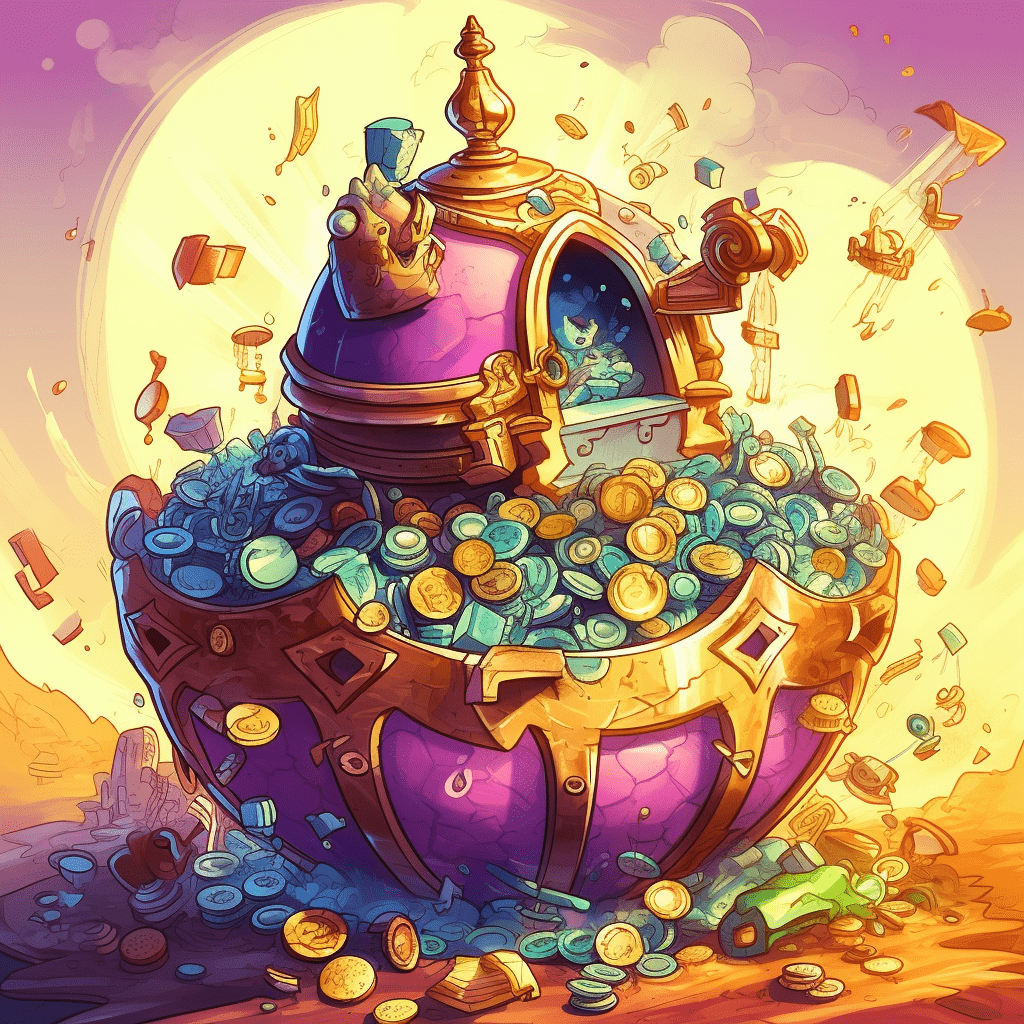The realm of Non-Fungible Tokens (NFTs) has exploded onto the scene, bringing with it a whole new vocabulary. If you’re venturing into the world of NFTs, knowing the language can be just as important as understanding the technology behind it. Whether you’re an artist planning to mint your first NFT or a collector looking to invest, the key to navigating this space with confidence is getting familiar with the most essential NFT terminology.

Non-Fungible Tokens (NFTs)
First things first, it’s important to understand what an NFT is. Non-Fungible Tokens, or NFTs, are cryptographic assets on a blockchain with unique identification codes and metadata that distinguish them from each other. Unlike cryptocurrencies such as Bitcoin or Ethereum, which are fungible and can be exchanged on a one-for-one basis, NFTs are unique and can’t be exchanged on a like-for-like basis.
Minting
Minting is the process of turning a digital file into an NFT on the blockchain. When an NFT is minted, a smart contract is created that includes the specific attributes and metadata of the NFT. This smart contract is immutable, meaning it can’t be changed after it’s been executed, thus verifying the authenticity and ownership of the NFT.
Gas Fees
One term that you’ll frequently encounter when minting NFTs is ‘gas fees’. This is a term borrowed from the Ethereum blockchain, and it refers to the cost of performing a transaction or executing a smart contract on the network. Gas fees can fluctuate based on network congestion, and they have been a topic of discussion in the NFT community due to their sometimes-high costs.
Wallet

In the context of NFTs and cryptocurrencies, a wallet is a digital application that allows users to store and manage their digital assets. A wallet can be online (web-based), offline (on a device), or even a piece of hardware specifically designed for secure storage. Wallets are essential for anyone looking to buy, sell, or mint NFTs.
Marketplace
An NFT marketplace is a platform where users can create, buy, and sell NFTs. Some of the most popular NFT marketplaces include OpenSea, Rarible, and NBA Top Shot. Different marketplaces may support different blockchains and offer various features, such as auctions, fixed-price sales, and even the ability to trade royalties.
Smart Contract
Smart contracts are self-executing contracts with the terms of the agreement directly written into code. They are stored on the blockchain and automatically execute transactions when predefined conditions are met, removing the need for a middleman. In the context of NFTs, smart contracts are used to mint NFTs and manage transactions and ownership records.
In the following section, we will explore more advanced terminology such as ‘proof of stake’, ‘proof of work’, ‘royalties’, ‘metadata’, and ‘ERC standards’. Understanding these terms will help you navigate the complexities of the NFT space, making your journey as a collector or creator smoother and more rewarding. We will also delve into the conceptual understanding of ‘value’ and ‘ownership’ in the context of NFTs and digital art, to provide a holistic understanding of this revolutionary medium.
Proof of Stake (PoS) and Proof of Work (PoW)
These two terms are essential to understanding how blockchains secure their networks. Proof of Work is the original consensus algorithm used in a Blockchain network. In PoW, miners compete against each other to complete transactions on the network and get rewarded. However, PoW requires a significant amount of energy, leading to criticisms about its environmental impact.
On the other hand, Proof of Stake is seen as a more environmentally friendly alternative to PoW. Instead of miners, there are validators. Validators are chosen to create a new block based on their economic stake in the network and other factors. Several NFT-specific blockchains use PoS to secure their networks and validate transactions.
Royalties

In the NFT world, royalties refer to the percentage of future sales that the original creator receives when their NFTs are resold. This has been a game-changer for digital artists and creators, as it provides a continuous stream of income even after the initial sale. Royalties are typically written into the NFT’s smart contract, ensuring that the creator gets their share no matter where the NFT is sold.
Metadata
Metadata in NFTs is the information that makes up the characteristics of the NFT. This can include the name, description, image, and attributes of the NFT. It’s essentially the DNA of the NFT, making it unique. Metadata is stored in the smart contract and can be immutable or mutable, depending on how the NFT is created.
ERC Standards

ERC stands for Ethereum Request for Comments, and it’s a formal process of proposing improvements to the Ethereum network. When it comes to NFTs, the most common standards are ERC-721 and ERC-1155. ERC-721 is the standard for creating unique tokens, perfect for NFTs. ERC-1155, on the other hand, allows for the creation of multiple types of tokens, fungible and non-fungible.
Understanding the jargon and concepts associated with NFTs is crucial for anyone looking to navigate this space confidently. These are just some of the key terms you’re likely to encounter. As you dive deeper into NFTs, you’ll discover that this innovative field is constantly evolving, with new concepts and terminology emerging regularly.
